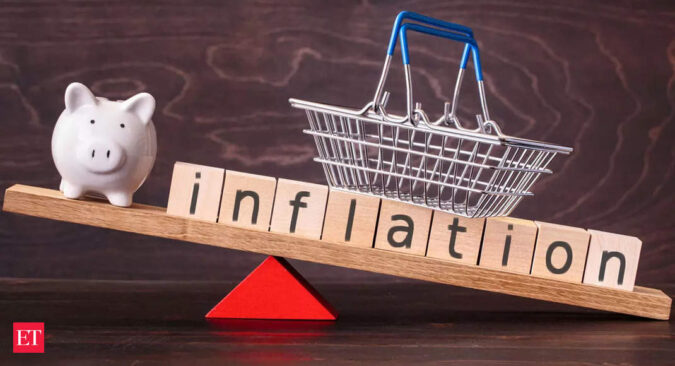Even as global rating firms remain gung-ho on the positive prospects for the Indian economy, the term ‘mehengai‘ finds increasing space in the Indian household discourse. Economists continue to highlight some of the well-documented strides made by the Indian economy in recent years, especially in comparison to other major economies.
However, rising prices continue to be a spot of bother in India.
Core inflation has remained over 6 per cent for 17 straight months, a sticky concern for policymakers. Unsurprisingly, the priorities of Indians’ shopping lists have undergone a churn.
As per PwC’s Global Consumer Insights Pulse Survey, 63 per cent of consumers have changed their non-essential spending habits in the face of the current economic climate, with 20 per cent stopping all their non-essential spending.
Nearly 63 per cent of Indian consumers, as opposed to 69 per cent globally, say they will be cutting back on their non-essential spending.
Most Indian consumers are looking to reduce their expenditure across all surveyed categories over the next six months. PwC says this is a significant decline in planned spend across all categories since the previous survey in June 2022.While expenditure on groceries is expected to see the least decline, certain segments — including luxury and premium products, travel, and fashion — are likely to see the steepest consumer spending cuts over the next six months.
It may be noted that the firm surveyed over 9,000 consumers across 25 territories (including metros, tier-1&2 cities) across India.
Unabated price hikes and weakening private consumption
A number of industries throughout India have been increasing the prices of their offerings for a variety of reasons, but they all impact the consumers’ pockets just the same.
Be it the automobile industry, telecom, dairy, sugar or even textile, prices have been on the rise with no sight of any respite.
As per the Reserve Bank of India’s (RBI‘s) March survey, consumer confidence in India is still recovering from the historic low recorded in mid-2021 and remained in the pessimistic zone. Another survey showed that households do expect inflation to cool in the coming months.
Data is a testament to Indians’ worries.
India’s gross domestic product (GDP) growth slowed to a three-quarter low of 4.4 per cent in October-December 2022, mainly due to a contraction in manufacturing and low private consumption expenditure.
Moody’s Analytics said growth slowed substantially on a year-ago basis, with private consumption lagging overall GDP for the first time since the Delta wave of Covid-19 struck the economy in the second quarter of 2021.
Consumption accounts for about 60% of GDP. The growth in India’s private consumption slowed to 2.1 per cent compared to an 8.8 per cent gain in July-September.
RBI Governor Shaktikanta Das in his April meeting signalled the slowing of private consumption.
“India’s GDP growth is likely to moderate in midst of weak external demand and some fizzling of the domestic pent up demand,” said Rajani Sinha, Chief Economist at CareEdge. “The private players would be wary in midst of heightened economic uncertainties and tightening of financial conditions globally,” Sinha said.
The World Bank and the Asian Development Bank last week projected moderation in Indian economic growth between 6.3 per cent and 6.4 per cent due to a slowdown in consumption and challenging external conditions.
This slowdown comes as a limited surprise to economists, however. Central banks across the world have been on a rate hike spree over the past couple of years in a bid to cull spiralling prices.
India is not an anomaly, as inflation and recessionary worries have bogged down the global economy as a whole, and they are bound to spread to all corners of the world.
The RBI has hiked rates by 250 bps since May to cool down prices, and that has come at a cost. The RBI Governor recently said the disinflation process would be “gradual and protracted”.
However, Sinha said that there is some momentum being reflected in indicators of late.
“Overall the growth momentum is resilient as reflected by healthy high frequency indicators like GST collection, e-way bills, bank credit growth, car sales. While urban demand has been healthy, it will be critical to watch out for a sustained pick up in rural demand,” she said.
“While healthy Rabi production has improved the prospects of the rural sector, any weather-related disruptions could be a dampener,” Sinha added.
